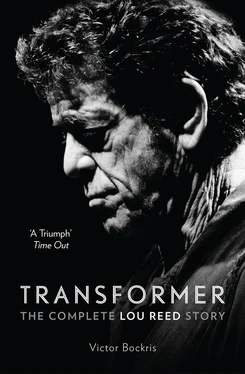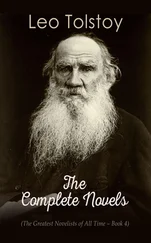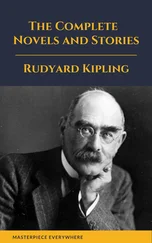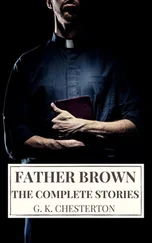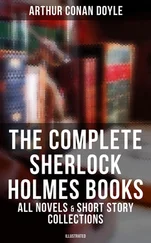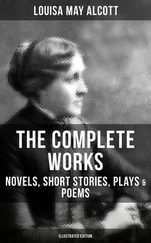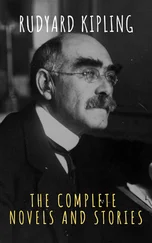Still, in early 1965, Angus became a devoted, if crazy, friend to Lou, in the tradition of Lincoln Swados. Angus turned Lou on to the easily available pharmaceutical, methamphetamine hydrochloride, which was the drug of choice of a particularly intense group of visionary seekers centered around Jack Smith, and later, Andy Warhol. Methamphetamine hydrochloride—speed—is a key to understanding what set Reed and Cale’s sound aside from the mainstream of American pop in the second half of the 1960s, which was based more on soft and hallucinogenic drugs.
The tension between these four disparate personalities became the emotional engine of their music. Twenty years later, Reed would vigorously deny that the friction, particularly between him and Cale, was constructive. But this was simply one of his many attempts to write or control his own history. Morrison remembered, “I love Lou, but he has what must be a fragmented personality, so you’re never too sure under any conditions what you’re going to have to deal with. He’ll be boyishly charming, naive—Lou is very charming when he wants to be. Or he will be vicious—and if he is, you have to figure out what’s stoking the fire. What drug is he on, or what mad diet? He had all sorts of strange dietary theories. He’d eat nothing, live on wheat husks. He was always trying to move mentally and spiritually to some place where no one had ever gone before. He was often very antisocial and difficult to work with, but he was interesting, and people were interested in the conflict and some of the good things that came out of it.”
Some of the good things that came out of it were the songs that began to soar out over the gritty, dangerous drug supermarkets next to Ludlow Street from Eldridge to the Bowery. Lou, Sterling, Angus, and John hammered away at songs day in and day out, honing down the ones that would appear on the first Velvet Underground album two years later. According to Cale, “We actually worked very hard on the arrangements for the first album. We used to meet once a week for about a year, just to work on arrangements. I felt when we were doing those first arrangements back in Ludlow Street, ’65, that we had something that was going to last. What we did was unique, it was powerful. We spent our entire weekends going over and over and over the songs. We had no big problem with the work ethic; in fact, we were hanging on to the work ethic for dear life.”
By the spring of 1965, the music began to soar. John Cale remembered these earliest days of playing as their best. Cale contributed his unique electric viola, Morrison his hauntingly beautiful electric guitar, MacLise his ethereal Far Eastern drumming, and Reed his raw lyrics and hard delivery of them. Often the band improvised a riff and Reed simply made up the lyrics as he went along. “He was amazing,” Cale said. “One minute he’d be a southern preacher, then he’d change character completely and be someone totally different.”
“In my head it would be great if I could sing like AI Green,” Reed said. “But that’s in my head. It wasn’t true. I had to work out ways of dealing with my voice and its limitations. I wrote for a certain phrase and then bent the lyric to fit the melody. Figured out a way to make it fit.” In 1965 he was remarkably creative, carving a dark, macabre, Poe-like beauty out of Cale’s orchestration of the band’s musical chaos. “We heard our screams turn into songs,” Reed later wrote, “and back into screams again.”
Meanwhile, Cale, traveling back and forth between London and New York on his classical-scholarship funds, was bringing back the latest singles of the most exciting new British groups—the Who, and the Kinks, with whom they felt some affinity. It was an intensely creative, highly energized moment in rock history, and the band gorged themselves on everything they liked. In fact, Reed, who admired a wide range of musicians from Burt Bacharach to the Beach Boys, insisted that the best popular music should be as artistically recognized as poetry. “How can they give Robert Lowell a poetry prize?” he complained in another essay written the following year for Aspen magazine. “Richard Wilbur. It’s a joke. What about the Excellents, Martha and the Vandellas (Holland, Dozier, Jeff Barry, Elle Greenwich, Bacharach and David, Carole King and Gerry Goffin, the best songwriting teams in America ). Will none of the powers that be realize what Brian Wilson did with the CHORDS. Phil Spector being made out to be some kind of aberration when he put out the best record ever made, ‘You’ve Lost That Loving Feeling.’”
Drugs were both a catalyst and inhibitor for the music. “There were no heavy addictions or anything, but enough to get in our way, hepatitis and so on,” Sterling recalled. “I would take pills, amphetamines, not psychedelics, we were never into that. Drugs didn’t inspire us for songs or anything like that. We took them for old-fashioned reasons—it made you feel good, braced you for criticism. It wasn’t just drugs, there were vitamins, ginseng, experimental diets. Lou once went on a diet so radical there was no fat showing on his central-nerve chart … his spinal column was raw!
“We took a lot of downers—that’s what I used to do. We did all sorts of junk. There was just so much going on, you had to keep up with it, that was all. I never got really A-headed out. But if you had two members of the band heavily sedated and the other on uppers, it is gonna affect your sensibilities. They wanted to do slow dirges and I wanted to do up-tempo songs!”
That summer two parallel events catapulted the Warlocks, who also occasionally used the in-your-face drug-innuendo name the Falling Spikes, out of the obscurity of Ludlow Street toward the limelight that would soon illuminate them.
First, through MacLise’s connections in the Lower East Side underground-film scene, the most potent movement of the moment embracing arguably the largest, most intelligent, and creative audience in New York, they were invited to play their rehearsal tapes or sometimes perform live to accompany screenings of the mostly silent underground films by Jack Smith, Ron Rice, Andy Warhol, Stan Brakhage, and Barbara Rubin, which were making a big splash that season. Nineteen sixty-five was the climactic year of the Lower East Side art community and in particularly the underground-film scene. One of the scene’s most outstanding, enigmatic figures, the poet and filmmaker Piero Heliczer, who often screened films at his enormous art factory loft on Grand Street, three blocks from 56 Ludlow Street, first offered the group a venue to play. Soon they were playing regularly at Heliczer’s and other artists’ spaces, sitting behind the film screens or off to the side. The most popular underground-film cheater space at the time was Jonas Mekas’s Cinémathèque, which became the band’s most regular venue. “Center stage of the old Cinémathèque was a movie screen, and between the screen and the audience a number of veils were spread out in different places,” recalled Sterling. “These were lit variously by slide projections and lights, as Piero’s films shone through them onto the screen. Dancers and incense swirled around, poetry and song rose up, while from behind the screen a strange music was generated by Lou Reed, John Cale, Angus, and me, with Piero back there too playing his sax.” Occasionally they would play bare-chested with painted torsos or try to look outrageous in some other way. They gained enthusiastic audiences, among whom Barbara Rubin would become their most influential fan.
Their second breakthrough came in July when they recorded a demo tape at 56 Ludlow Street that included early versions of “Heroin,” “Venus in Furs,” “The Black Angel’s Death Song,” and “Wrap Your Troubles in Dreams.” “‘Wrap Your Troubles in Dreams,’ that’s relentless,” said John Cale. “Lou’s often said, ‘Hey, some of these songs are just not worthy of human endeavor, these things are best left alone.’ He may be right.” The tape also included a song that Morrison later recalled as “Never Get Emotionally Involved with a Man, Woman, Beast or Child.” Cale took the tape over to London in the hope of securing a recording contract with one of the most adventurous British companies (after all, the Who and the Kinks used similar techniques), and there was considerable interest from, among others, Miles Copeland, who would go on to manage the Police.
Читать дальше
